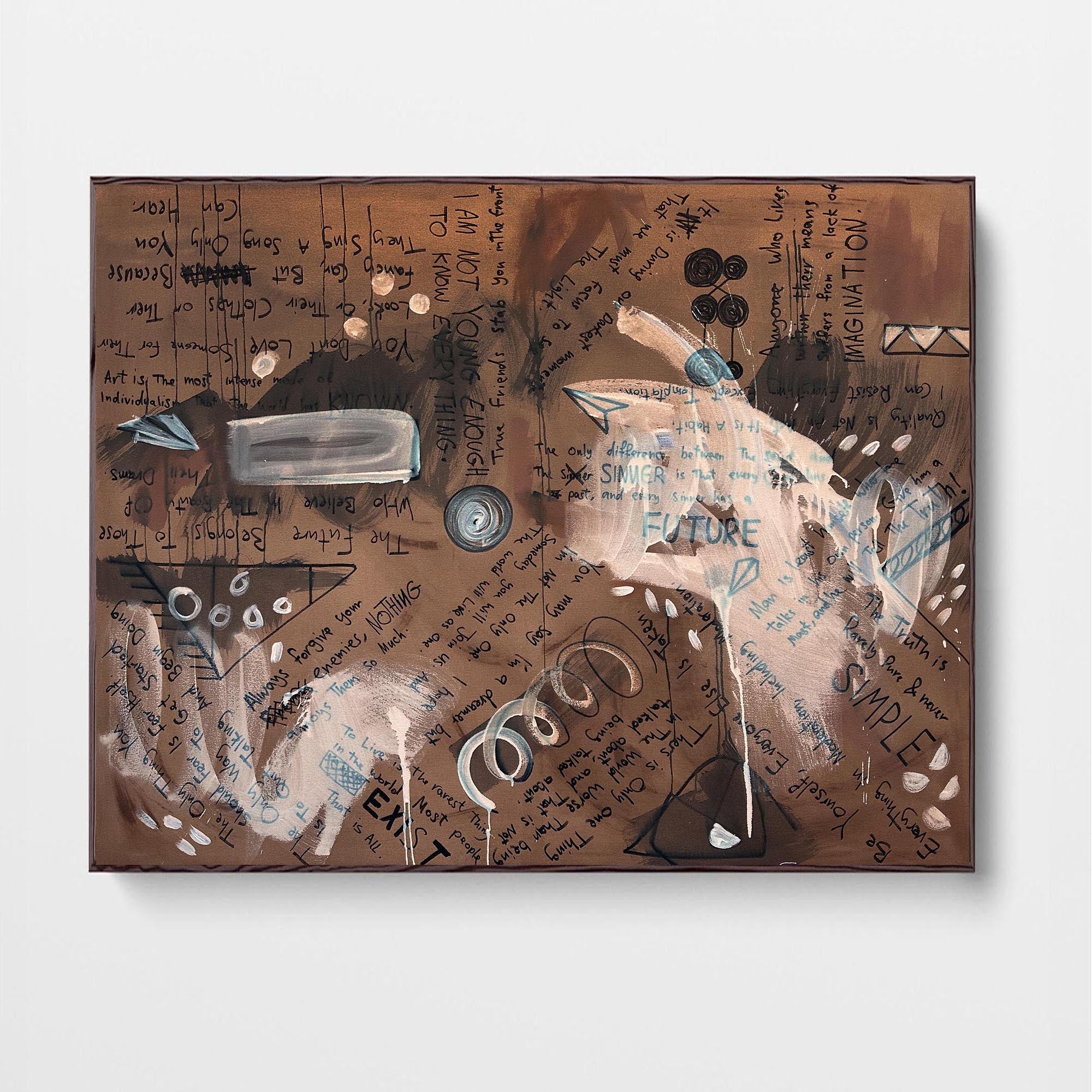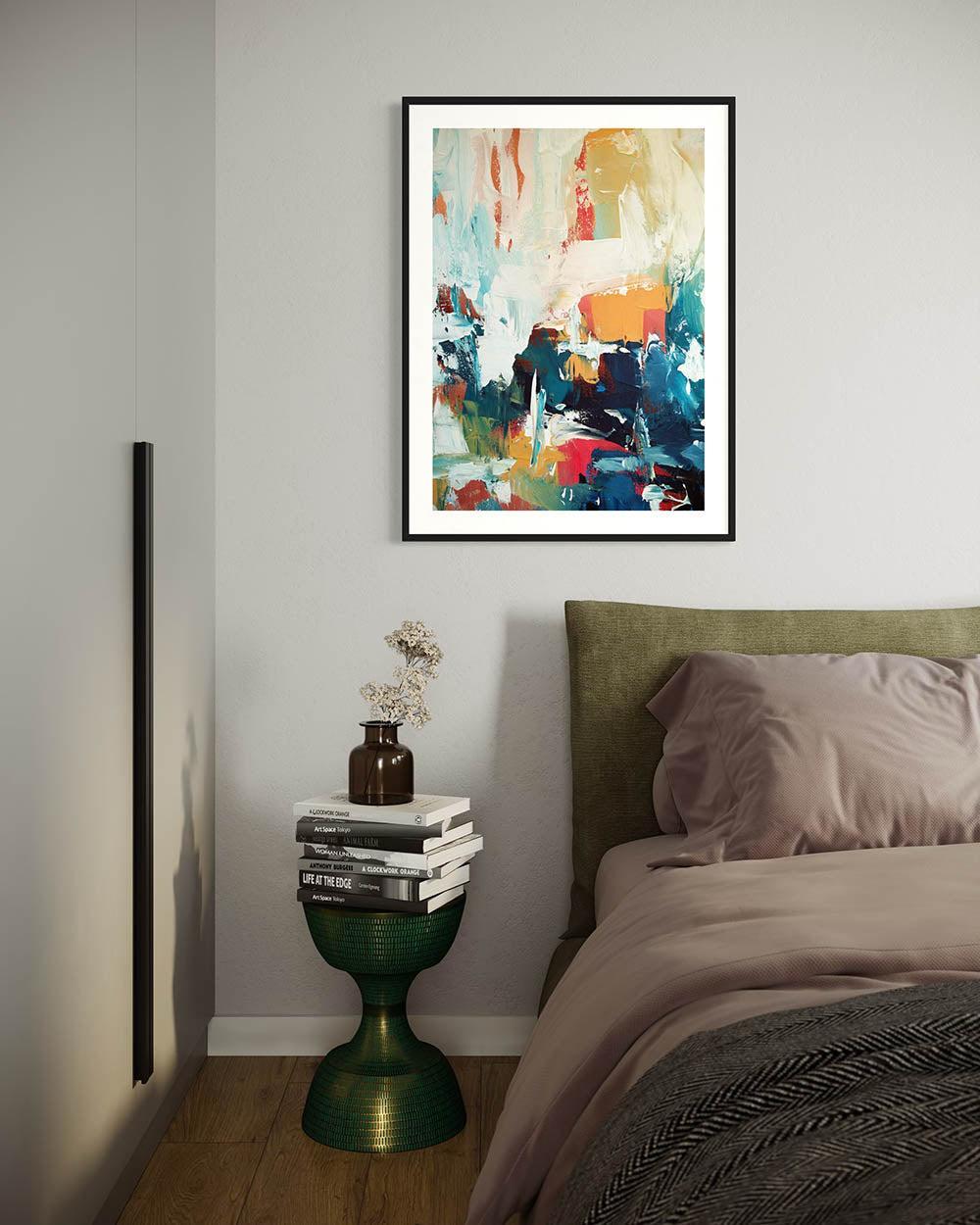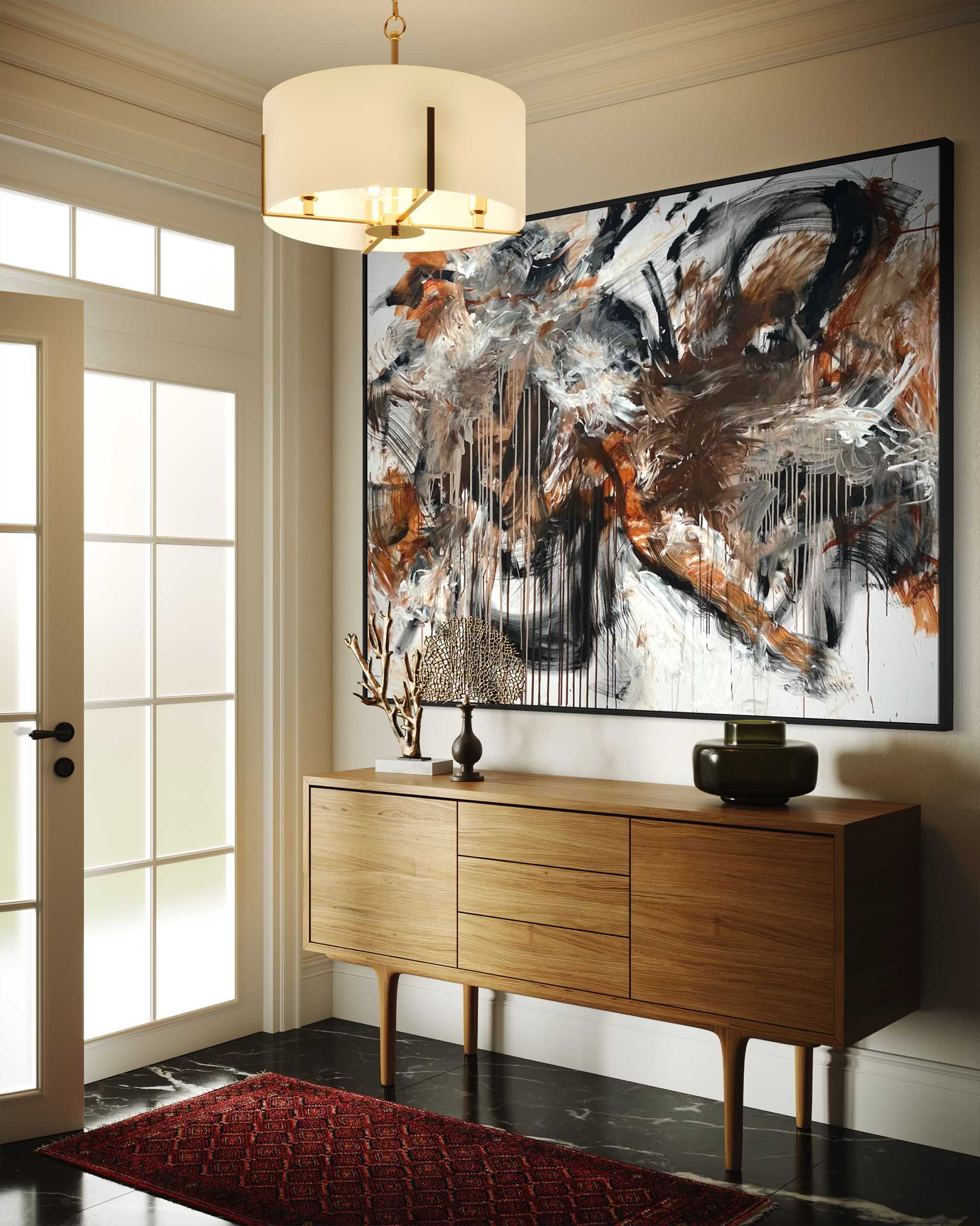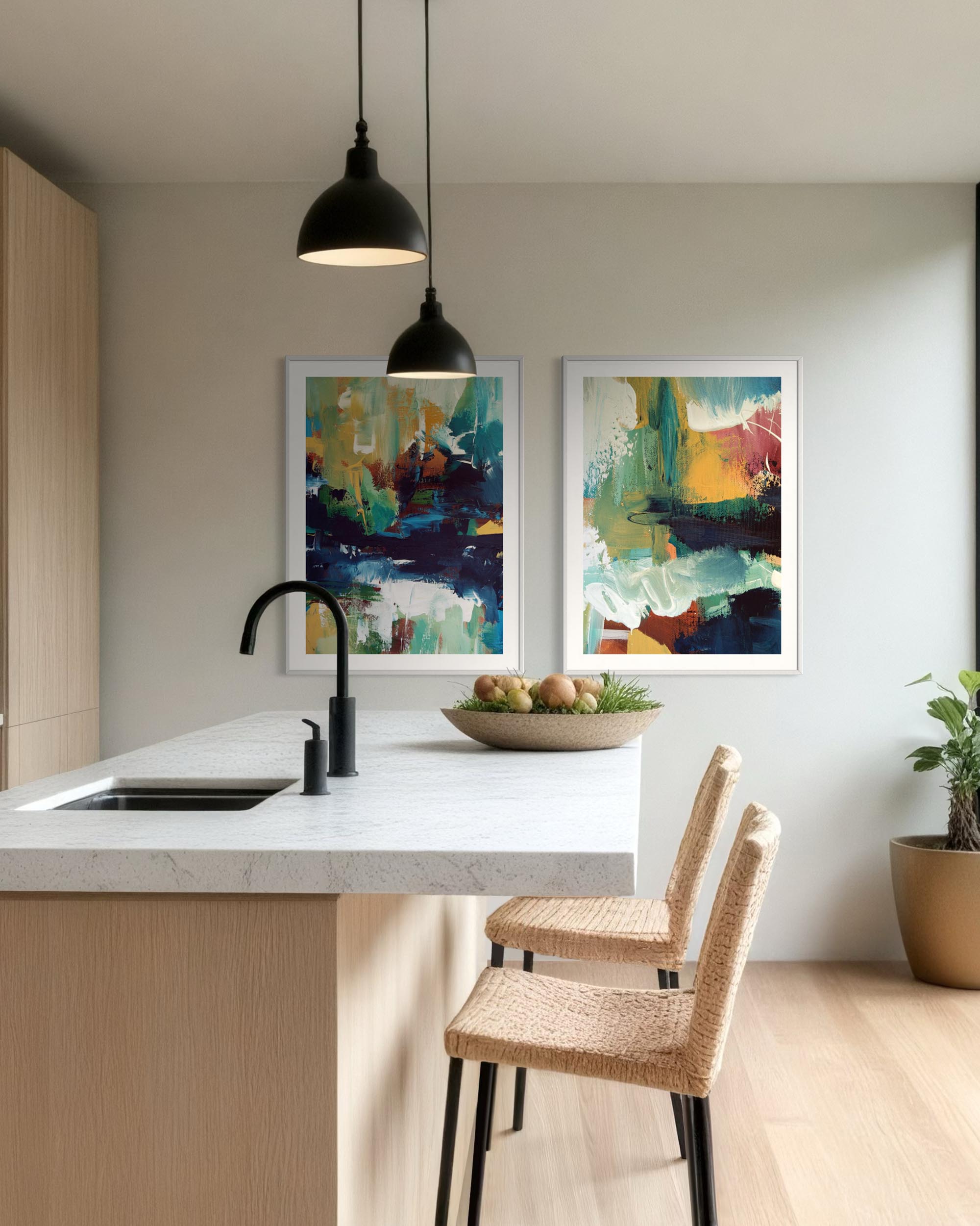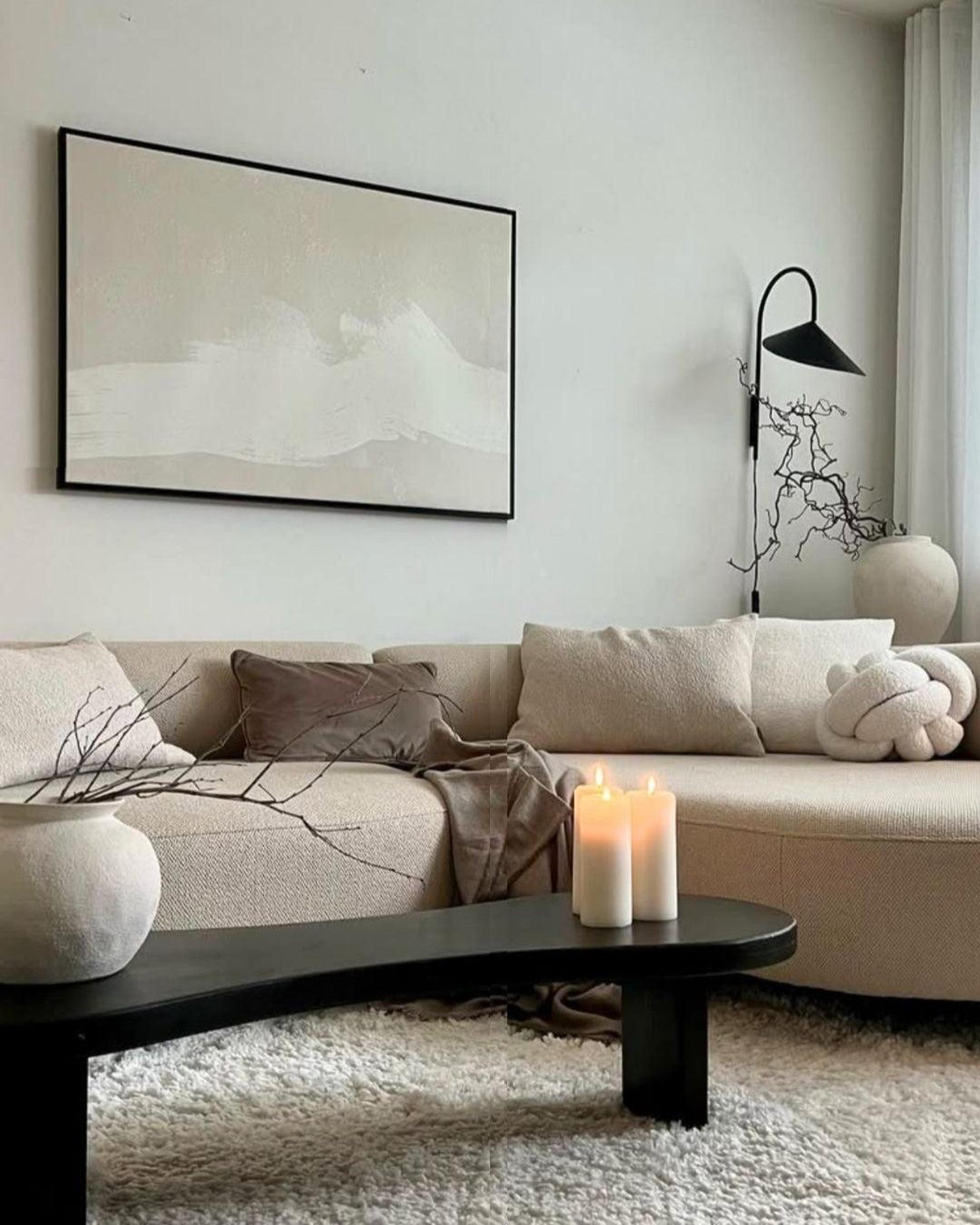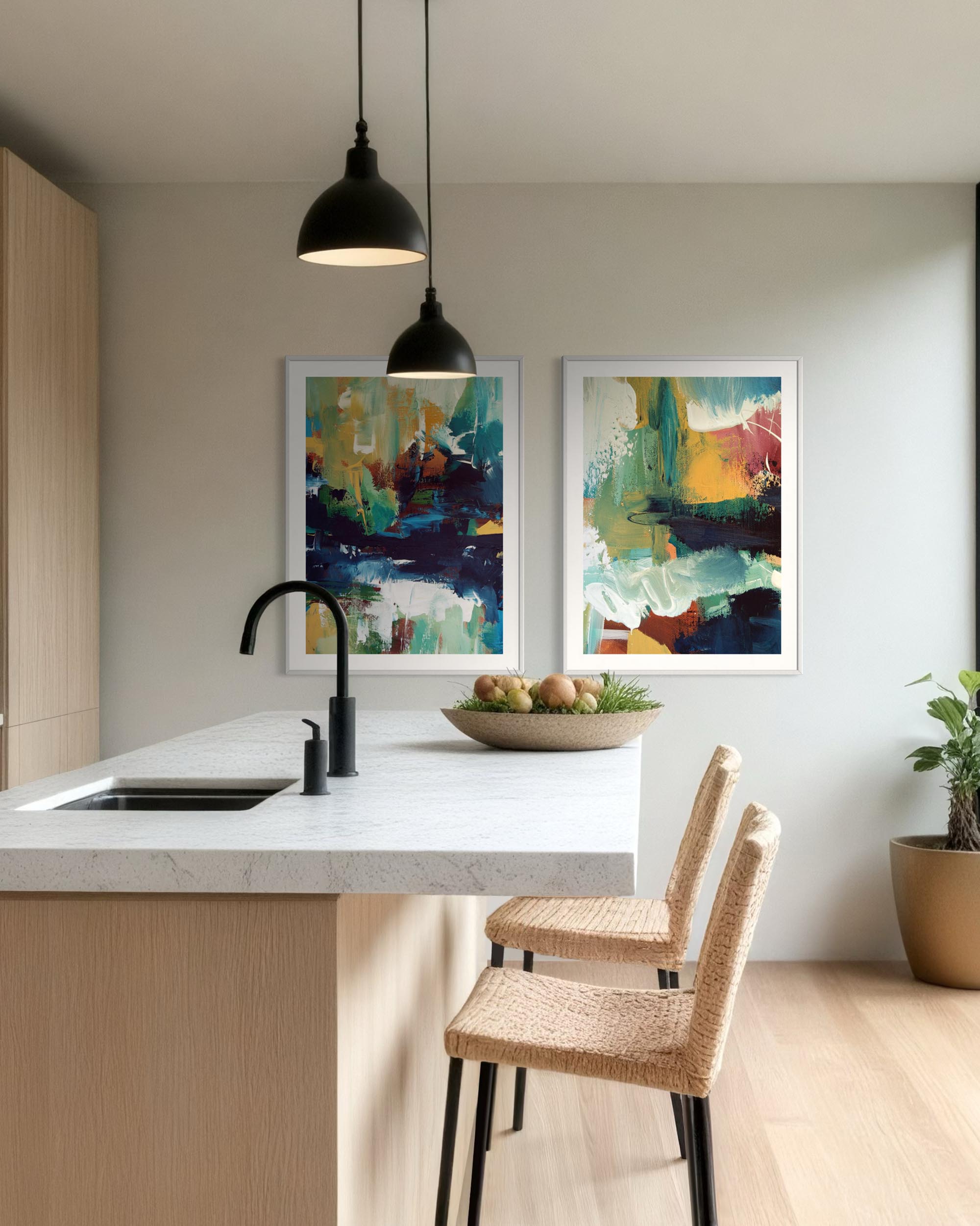Composition is the art of arranging elements within a work to create harmony, balance, and visual interest. It is the framework that underpins the viewer’s experience, guiding their eye and shaping their emotional response. Whether in painting, photography, sculpture, or digital media, composition plays a pivotal role in determining the effectiveness and impact of the artwork.
Guiding the Viewer’s Eye
One of the primary functions of composition is to direct the viewer’s attention. By arranging elements strategically, an artist can lead the viewer through the artwork in a deliberate sequence. This is achieved using techniques like leading lines, contrast, and focal points. For instance, in a landscape painting, a winding path may naturally guide the eye from the foreground to the background, creating a sense of depth and engagement.
The Rule of Thirds is another classic compositional tool used to guide the viewer. By dividing the canvas into a 3x3 grid and placing key elements along these lines or at their intersections, an artist creates balance and avoids monotony. Similarly, the Golden Ratio—a mathematical principle often seen in nature—can be used to craft compositions that feel inherently pleasing.
Creating Balance and Harmony
Balance is a cornerstone of effective composition. It involves distributing visual weight across the artwork to achieve harmony. This doesn’t necessarily mean symmetry, although symmetrical compositions can evoke stability and formality. Asymmetrical balance, where disparate elements are arranged to create equilibrium, is equally powerful and often more dynamic.
Harmony emerges when all elements within a piece work cohesively. Color schemes, shapes, and textures must complement each other, ensuring that no part of the artwork feels out of place. For example, in Claude Monet’s water lily paintings, the interplay of soft hues and flowing forms creates a serene and unified visual experience.
Evoking Emotion and Narrative
Art is a medium of expression, and composition is key to conveying emotion and storytelling. A well-composed piece can evoke feelings ranging from tranquility to tension, joy to melancholy. Consider Francisco Goya’s "The Third of May 1808." The stark contrast between light and shadow, along with the placement of figures, intensifies the drama and horror of the scene.
Composition also plays a vital role in narrative art, where the arrangement of elements helps tell a story. In Leonardo da Vinci’s "The Last Supper," the positioning of Christ at the center, flanked by the apostles, and the use of perspective draw the viewer’s focus while enhancing the drama and significance of the moment.
Enhancing Aesthetic Appeal
Composition is critical for creating visually appealing works. A poorly composed piece may feel disjointed or chaotic, failing to capture the viewer’s interest. Conversely, a well-composed artwork feels intentional and satisfying.
Contrast—whether in colour, texture, or form—is a powerful tool for enhancing aesthetics. High contrast can add drama and focus, while subtle contrasts can create a sense of depth and sophistication. Patterns and repetition, when used thoughtfully, can also add rhythm and cohesion to a piece.
Encouraging Innovation and Experimentation
Mastering composition provides artists with a foundation to experiment and innovate. Understanding traditional principles allows them to break the rules effectively. For instance, abstract artists often challenge conventional notions of balance and harmony, creating works that provoke thought and challenge perceptions.
Pablo Picasso’s Cubist works are a testament to this. By deconstructing forms and reassembling them in unconventional ways, Picasso defied traditional composition to explore new dimensions of visual storytelling.
Composition Across Mediums
The importance of composition is not confined to traditional art forms. In photography, composition dictates how subjects and backgrounds interact. A well-composed photograph transforms an ordinary moment into a striking image.
In film, directors use composition to frame scenes, convey mood, and guide the narrative. The use of symmetry in Wes Anderson’s films, for instance, is a hallmark of his distinctive style, creating a sense of order and whimsy.
In digital art and graphic design, composition is crucial for functionality as well as aesthetics. A well-composed website or advertisement not only looks appealing but also communicates effectively, directing the viewer’s attention to key information.
Composition is the backbone of any successful artwork. It shapes how the viewer perceives and interacts with the piece, influencing both their emotional response and intellectual engagement. By mastering compositional techniques, artists can create works that are not only visually striking but also deeply meaningful. Whether through guiding the viewer’s eye, creating balance, evoking emotion, or encouraging innovation, composition remains an indispensable element of artistic practice.




